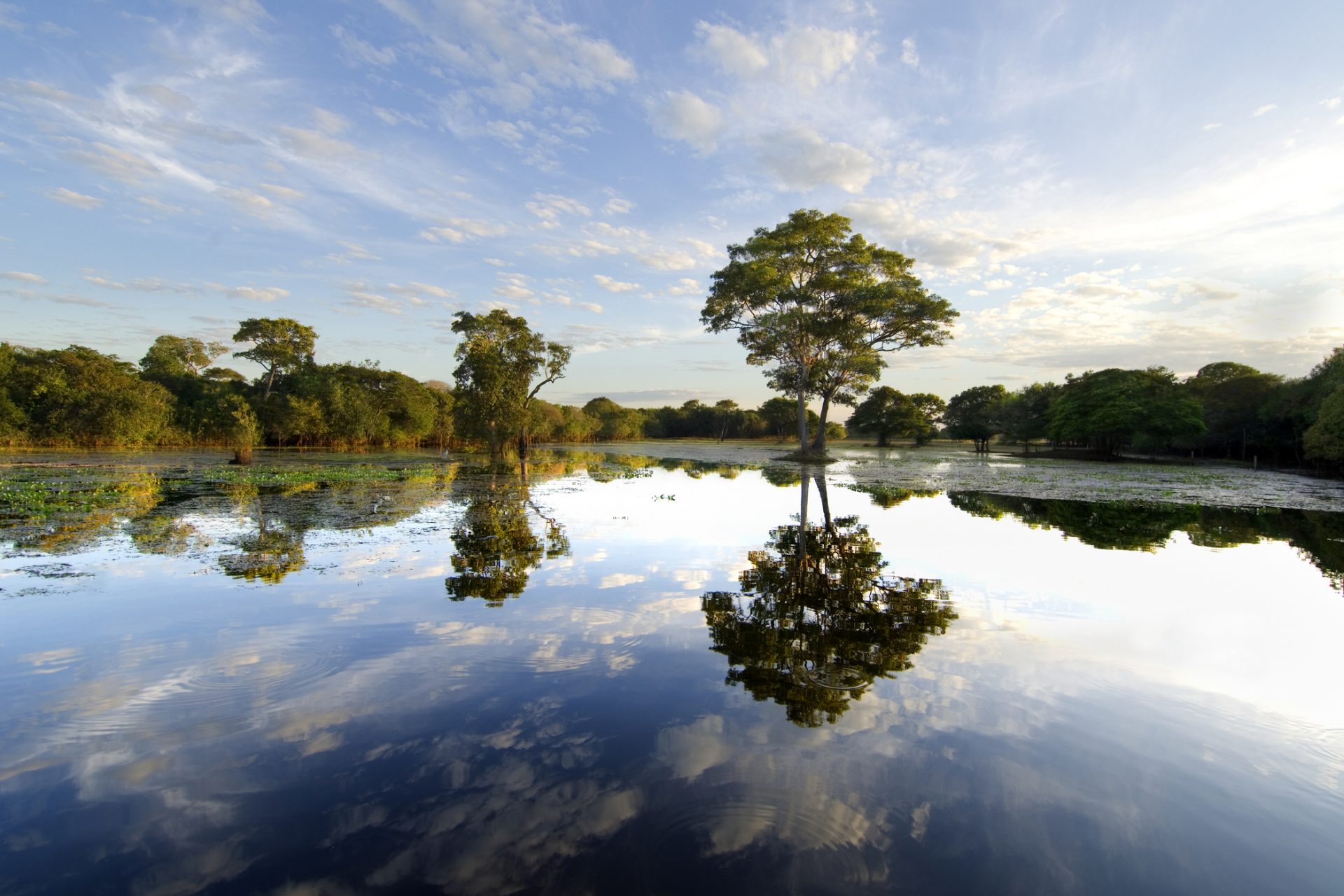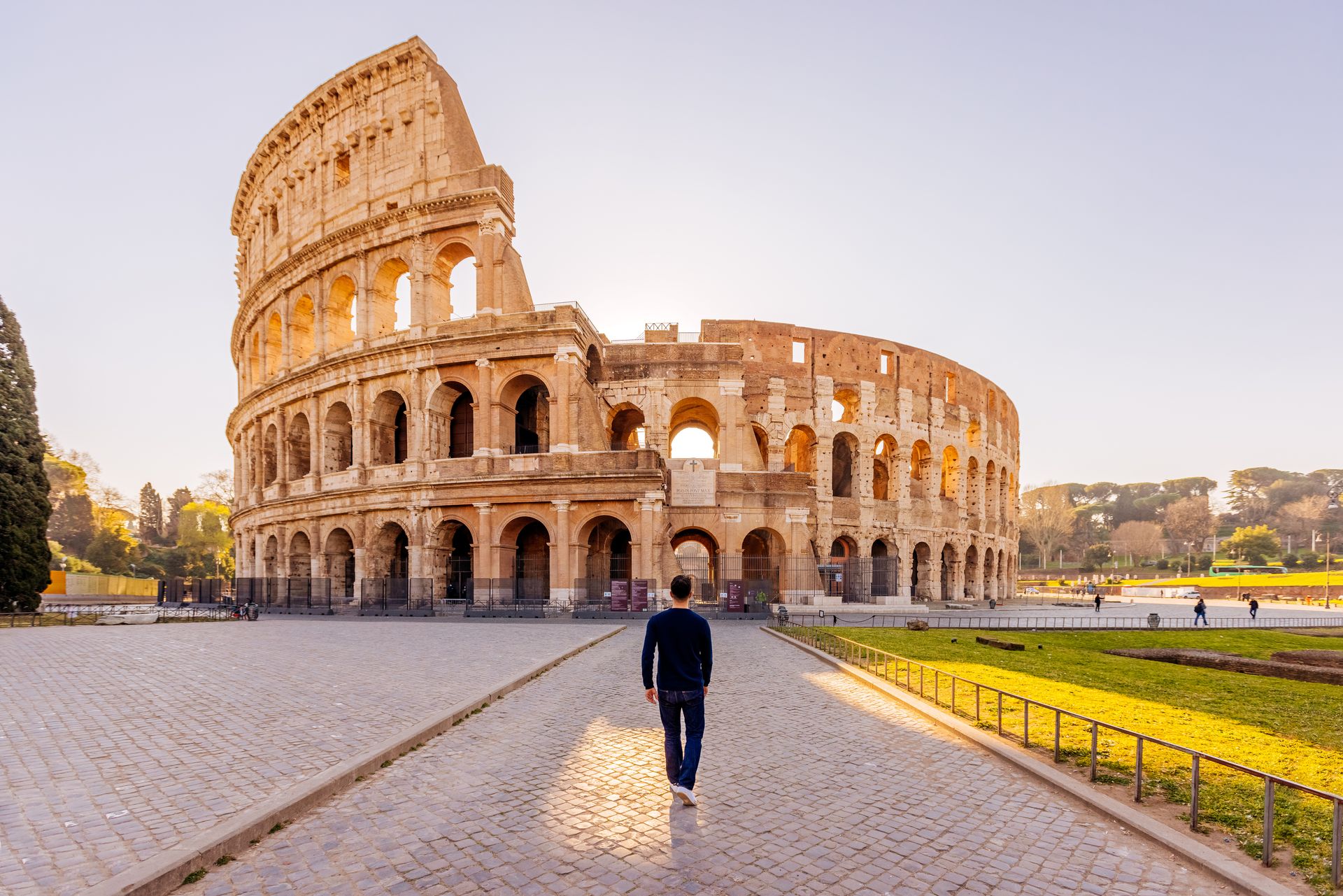Las Vegas, Maldives and other holiday destinations that could disappear
Pollution, global warming, rising temperatures and sea levels, natural catastrophes, mass tourism... What do they have in common?
Global problems that are rapidly endangering some of the world's best-known tourist destinations are worsening. Guess which ones?
Photo: Ibrahim Mushan / Unsplash
The Maldives consists of almost 1,200 islands, 80% of which are located to the extreme south of India, just one meter above sea level. Any fluctuation in water rise can be problematic for this popular vacation spot.
Photo: Ishan / Unsplash
Estimations predict that if the Indian Ocean maintains its current rate of increase, in 40 years, it will rise between 8 and 12 inches, and by 2100, 8 out of the 10 main islands that make up the Maldives will be submerged in the sea forever.
Photo: Masroor Ahmed / Unsplash
Las Vegas is located in the middle of the Mojave desert, with an increasingly complicated water supply. The only water reserve is the artificial Lake Mead, which supplies 90% of the demand, but is drying up due to global warming, putting Sin City in an uncertain position.
Photo: Julian Paefgen / Unsplash
The world's largest tropical forest, known as "the planet's lung," is in grave danger due to logging and the uncontrolled expansion of agriculture.
Photo: Nate Johnson / Unsplash
The Italian city is sinking at a rate of 1.5 inches every 20 years. The Italian Administration estimates that, without a proposed solution, Venice will be underwater within 70 years.
Photo: Canmandawe / Unsplash
These coral reefs are living structures that can be seen from space. As vital as these ecosystems are to our underwater world, pollutants and increasing ocean acidity has contributed to their demise, and estimates predict their disappearance as early as 2030.
Photo: Geonadir / Unsplash
This paradise is home to some of the most crystalline waters on the planet. But its future is not so clear: rising sea levels could bury cities, beaches, and even entire coastlines.
Photo: Marina Tolsá / Unsplash
This Italian city is located just 5.5 miles from Mount Vesuvius, one of the most active and dangerous volcanoes in the world.
Photo: Ellena McGuinness / Unsplash
One of the Seven Wonders of the Modern World, the Taj Mahal receives millions of tourists annually. The lack of respect shown to its environment by these visitors has caused the Indian authorities to consider closing it to the public.
Photo: Julian Yu / Unsplash
Despite heavy pollution, tourism, and sand corrosion, the Great Pyramids are the last of the Seven Wonders of the Ancient World still standing, for now.
Photo: Fynn Schmidt / Unsplash
The island paradise that inspired Darwin to form his theory of evolution and that contains a biodiverse ecosystem like no other is in danger due to mass tourism and cruise ships arriving daily.
Photo: Gabriel Aguirre / Unsplash
The first protected wildlife reserve in the country has now become the most endangered. Urban development has significantly threatened this subtropical wilderness in Florida.
Photo: Jonathan Martin / Unsplash
The most significant human construction in history has survived over 2,000 years without major incidents. However, in recent decades, mass tourism, vandalism, erosion, and a lack of maintenance have left the wall in dire condition. Without intervention, it could be in ruins before 2040.
Photo: William Olivieri / Unsplash
A World Heritage Site is in crisis for three reasons: high temperatures, increased rainfall, and the jihadist threat in the area.
Due to its lower altitude and higher temperatures resulting from climate change, this mountain range is currently losing ice at a rate of 3% per year. At this rate, estimates predict that the Alps will be ice-free by 2050.
Photo: Jonas Verstuyft / Unsplash
Another one of the Seven Wonders of the Modern World that has become endangered from tourism. Landslides, which could destroy the entire complex, have now become a reality due to the massive influx of visitors to the area.
Photo: Miguel Junco / Unsplash
Africa's largest mountain (19,341 feet) has lost almost 90% of its accumulated snow in the last century. If the situation is not reversed, predictions speak of a total loss of snow by 2035.
Photo: Kristoffer Darj / Unsplash
This majestic glacier is a tourist destination with a significant global impact. Despite its magnificence, the annual lack of rain and temperature increase could quickly lead to its disappearance.
Photo: Pedro Lima / Unsplash
These Mayan ruins are a popular tourist destination in Guatemala, but illegal looting and deforestation have put this historic site in jeopardy.
Photo: Hector Pineda / Unsplash
The Dead Sea, the world's largest salt lake, receives 100% of its water from the Jordan River, which Jordan and Israel overexploit to the extreme. The flow from the Jordan River to the Dead Sea has already been reduced by 98%. Without significant changes, the Dead Sea could disappear by 2075.
Photo: Craig Vodnik / Unsplash
Madagascar has gone from 116,000 square miles of rainforest to just 19,000. If man-made deforestation is not halted, the world's fourth-largest island will run out of forest by 2060.


































